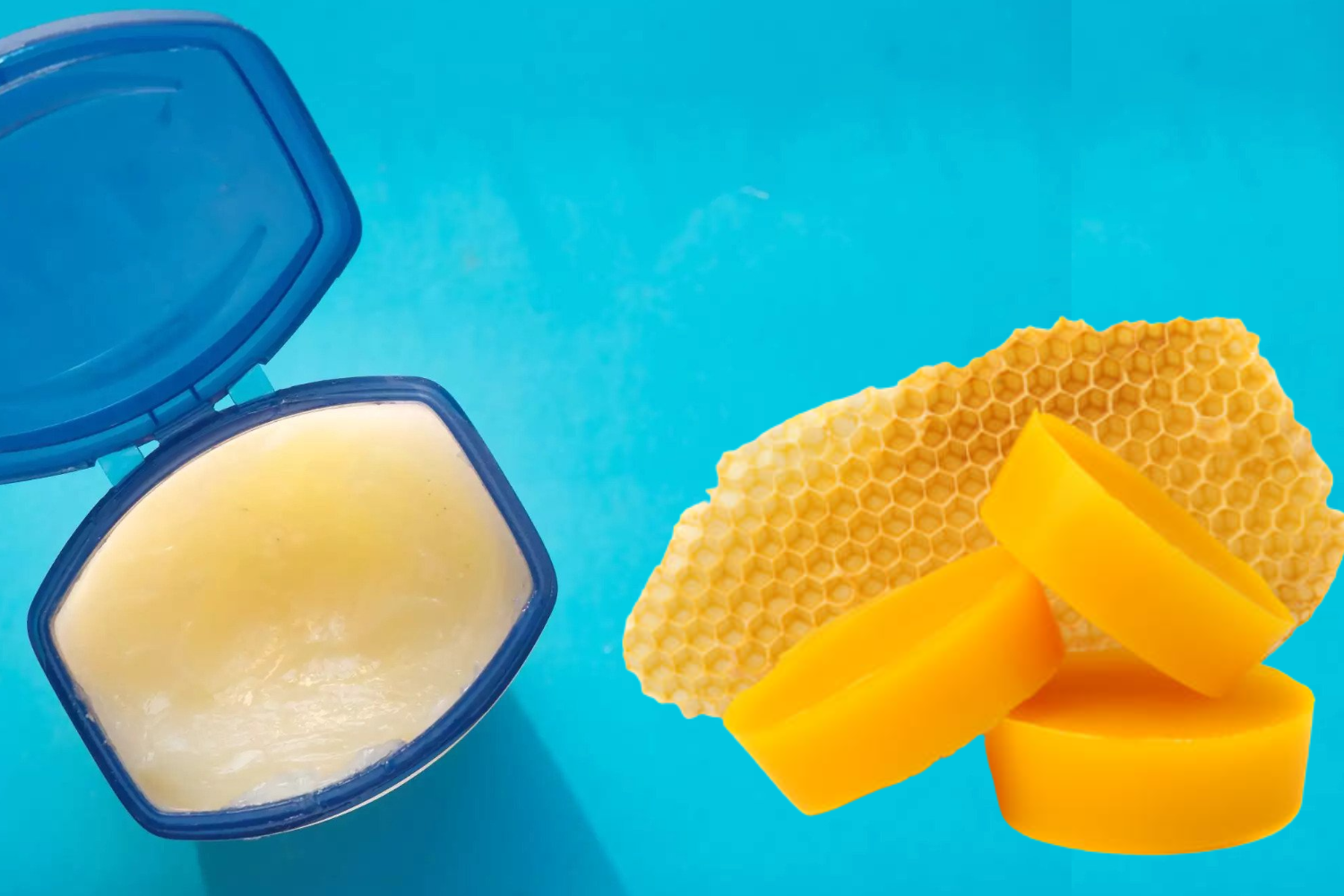Skincare
Vaseline vs Beeswax – Which One is Better?
If you’re like me, you’ve probably used Vaseline and beeswax as an ingredient to help protect your lips from the chapping effects of cold weather or from using certain types of lipstick and lip glosses. Did you know that both ingredients are actually very effective? Did you also know that there are many other benefits of using one or the other over the other? The good news is that this article will give you all the information you need to decide which one is best suited for your needs when it comes to protecting and soothing dry, chapped lips! Let’s get started!
A Brief History Of The Two Lip Balms
Vaseline was first patented in 1872 by Robert A. Chesebrough, a chemist from New York City who worked for petroleum companies and wanted to create a product that would help heal small cuts and burns. Since petroleum jelly had been commonly used for those purposes at that time, he decided to call his new invention Vaseline (which is just another word for petroleum jelly). Over time, other uses were found for Vaseline beyond small injuries, like dry lips and extremely dry skin; it wasn’t long before Chesebrough had expanded his product line so that not only did his balm have healing benefits but could also be used as an additive in food and as fuel in lamps.
It wasn’t until 1899 that a French pharmacist named Eugene Rimmel developed beeswax-based lip balm. It was popular among women at first because of its delicate scent, but men soon began using it too when they realized how soft their lips felt after applying it. Unlike Vaseline, which is made up of hydrocarbons derived from petroleum products, beeswax lip balms are made with natural ingredients such as honey or propolis – substances produced by bees – which make them more suitable for sensitive skin types than their petroleum-based counterparts. However, some people find that they can develop allergic reactions to beeswax products over time.
Both Balms Keep Lips From Drying Out
Most of us have experienced chapped lips at some point in our lives. There are many factors that can cause or worsen chapped lips, from exposure to cold weather and wind to a lack of hydration. The most common way to treat and prevent them is with petroleum jelly, which can be found under many names including mineral oil, paraffin wax, petrolatum, and liquidum paraffinum. However, there are some who prefer a more natural alternative such as beeswax. Which one should you choose?
Determination Between Ingredients
Vaseline and beeswax are two ingredients commonly used to treat dry, chapped lips. They work in different ways and their effectiveness depends on what you want out of a lip balm. You can determine which one works best for you by comparing them side-by-side.
Vaseline, which is petroleum jelly, acts as a waterproof barrier that protects your lips from outside elements such as UV rays from sunlight or cold weather conditions. It does so by covering up skin imperfections, helping it retain moisture for longer periods of time than unaltered skin cells would on their own.
The downside to Vaseline’s barrier abilities is that it can make your lips more susceptible to sunburns because it blocks natural sunlight from reaching your skin cells beneath its surface. On top of that, if you’re planning on eating anything greasy, like fries or nachos, you’ll have to remove your Vaseline layer first before consuming any foods with high fat content. On top of these drawbacks, vaseline is not meant for long-term use; it will eventually clog pores and cause acne breakouts if applied too frequently.
Beeswax has moisturizing properties similar to those found in vaseline but without any adverse effects associated with long-term use. It also has antibacterial properties that help heal damaged skin cells caused by exposure to harmful environmental factors like windburns or blistering heatwaves.
Like vaseline, beeswax seals in moisture for extended periods of time. However, unlike vaseline, it doesn’t leave behind an oily residue that makes food stick to your lips and interfere with taste buds’ ability to detect flavors accurately. This means you won’t have to worry about accidentally ingesting grease while wearing beeswax.
Smell And Taste Are Subjective
It can be difficult to determine which product works best for you because of differences in personal preference. When it comes to lip products, there are two main contenders for dry lips: petroleum jelly and beeswax.
Both petroleum jelly and beeswax will keep your lips moisturized, but one might work better than another depending on your needs and preferences.
Petroleum jelly may be an easier fix for people with sensitive skin or those who want a simpler lip balm that’s less of a hassle to apply throughout the day. For example, if you’re looking for something that provides immediate relief from chapped lips, Vaseline Intensive Care Advanced Repair Unscented Lip Therapy ($2) is a great option since it has SPF 15 and doesn’t require reapplication as often as other options.
If you prefer something more natural or just like how beeswax feels on your lips, Burt’s Bees Honey Lip Balm ($4) is also a good choice.
Considerations If You Have Sensitive Skin
While most people use a petroleum jelly product to moisturize dry, chapped lips, many people with sensitive skin have a negative reaction to that ingredient. In addition to irritation from Vaseline, you may have difficulty opening your mouth or swallowing if you slather it on.
Instead of Vaseline, try beeswax lip balm. This balm won’t be as greasy and will go on much smoother and easier than Vaseline or other petroleum-based products. It’s also less likely to cause an allergic reaction in those who are sensitive to ingredients like lanolin, which can be found in some brands of petroleum jelly.
If you do develop an allergy to lanolin, however, stay away from all forms of lanolin—including wool—and consider using shea butter instead.


















